All about the musical instrument vibraphone
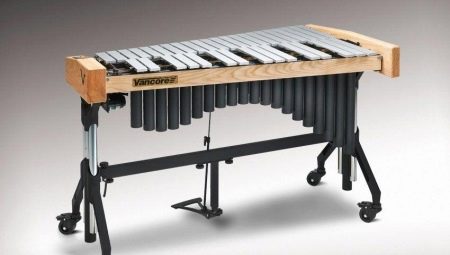
Vibraphone is one of the youngest types of musical instruments created at the beginning of the last century. Most people don't know what a vibraphone looks or sounds like. Meanwhile, it is actively used in jazz and modern academic music, its wide sound range has made the vibraphone in demand in modern cinema and theater.
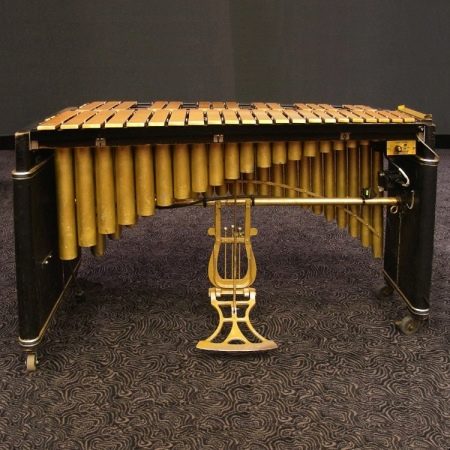
What it is?
This is a musical instrument included in the percussion group. It sounds like a xylophone or marimba. Structurally, it is a frame mounted on wheels for easy movement around the stage. This is a rather massive musical instrument weighing 60 kg.
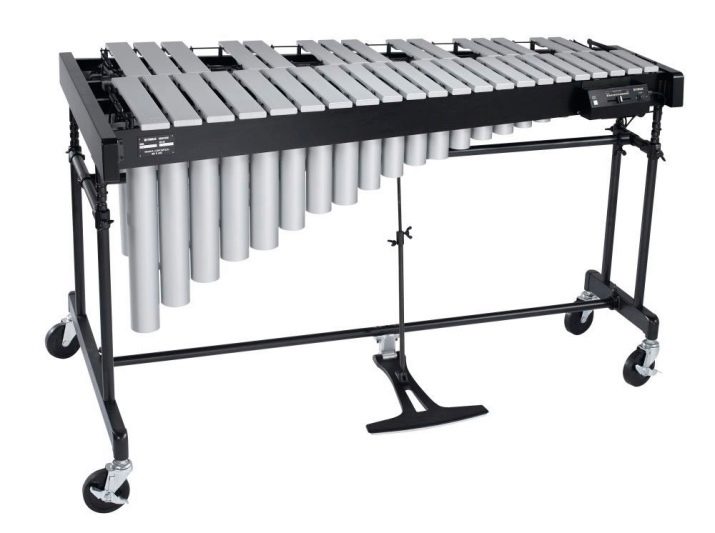
Although the vibraphone is classified as a percussion variety, it bears little resemblance to traditional drums, timpani, tambourines and cymbals. This is a rather bulky musical instrument with a complex design that allows you to get a variety of sounds.
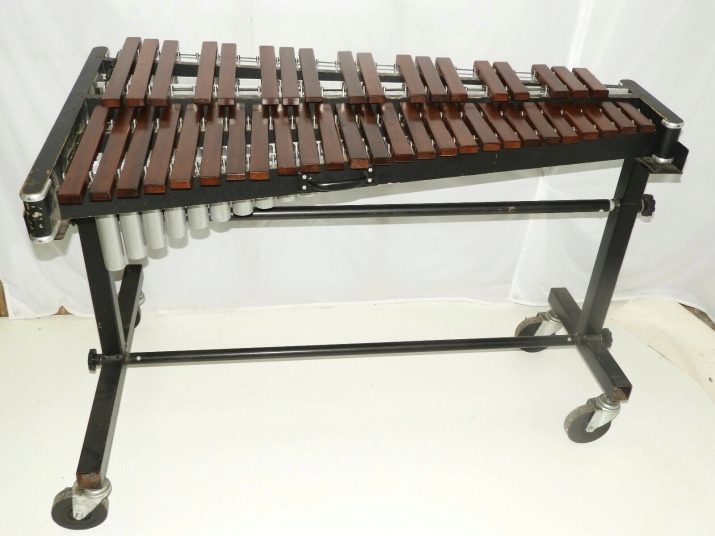
On its upper part there are metal plates similar to piano keys. They play the vibraphone with hammers, which they lightly beat on these plates. For hammers, the head can differ in shape and material from which it is made, due to which it is possible to obtain a different sound of the instrument.
Usually musicians play the vibraphone with four hammers, holding 2 pieces in each hand.
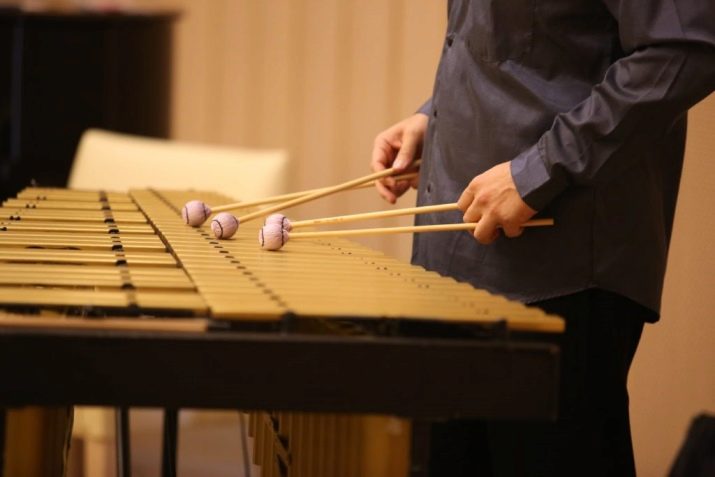
For each plate, a resonator is installed in the lower part of the structure, which amplifies its sound. To create a characteristic vibrating sound, an electric motor is placed on the vibraphone, which closes and opens the resonator holes. It is to this sound that a musical instrument of this type owes its name.
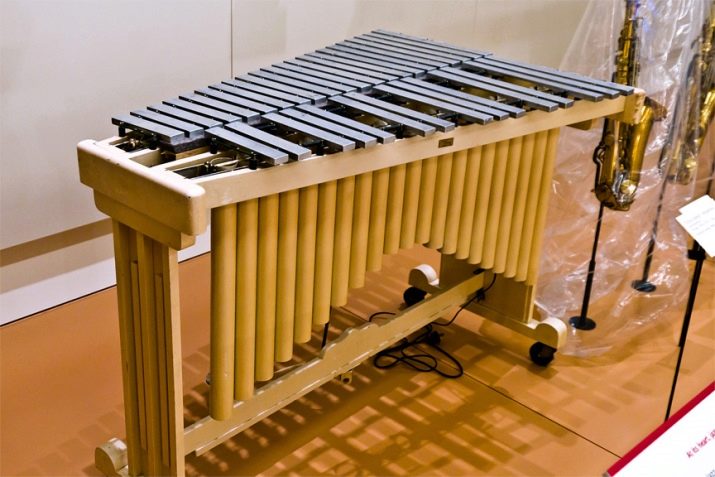
The vibraphone also has a pedal, like a piano. By lowering and raising it, the musicians muffle the sound of the instrument or extend it for a certain period of time.
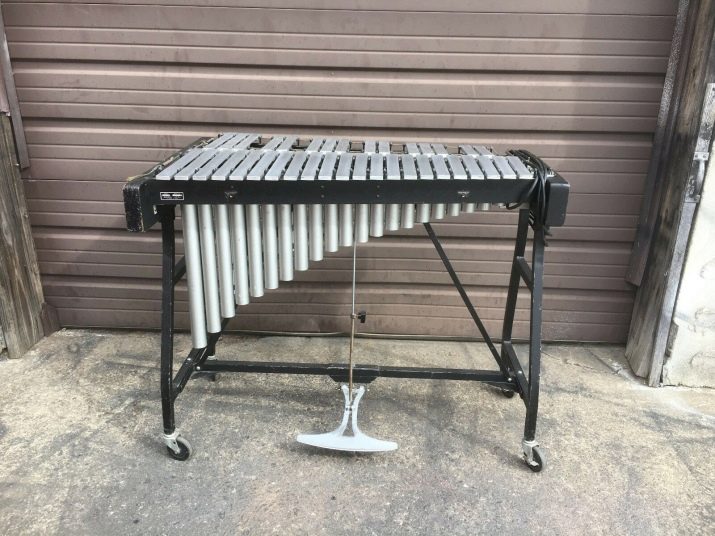
The vibraphone has a sounding range of three octaves and is most often used in jazz orchestras, as it is best suited for jazz and pop performances. It is thanks to jazz and pop music that the vibraphone gained especially great popularity in the middle of the 20th century.
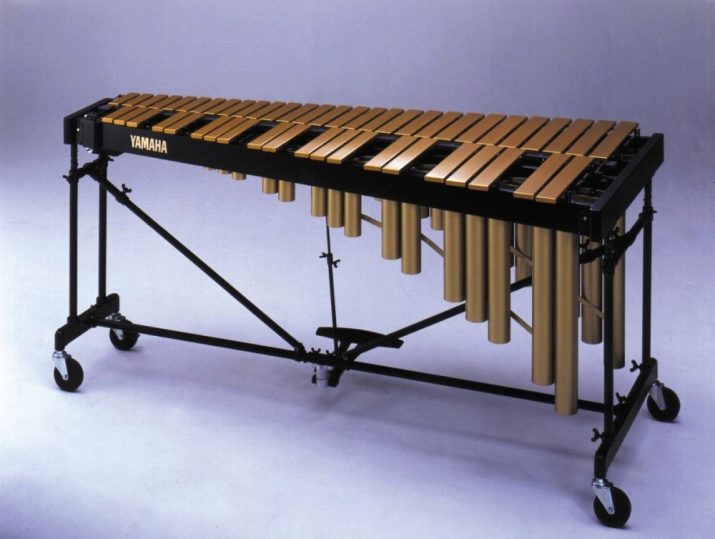
In academic performance, it is used by modern orchestras performing works by 20th century composers:
- Stravinsky;
- Shostakovich;
- B. Britten.
These innovative composers have written many pieces of music in which the vibraphone is the solo instrument in orchestral compositions.
In addition, such an instrument is often used for scoring films due to its wide sound range and characteristic sound.
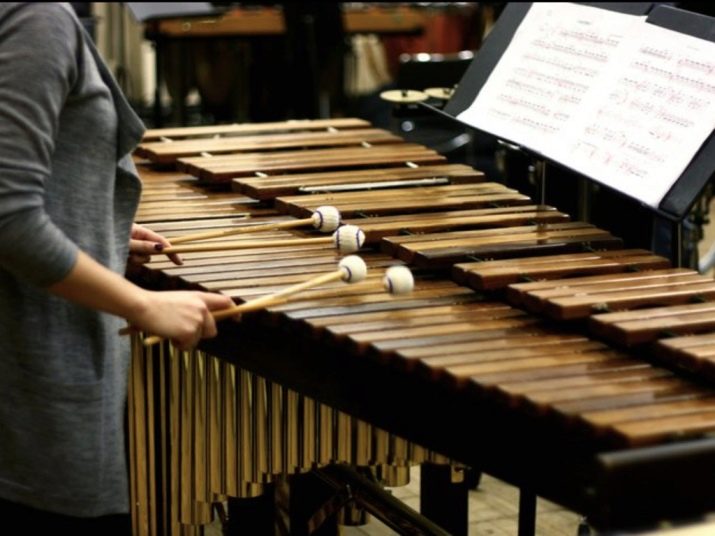
History
The birthplace of the vibraphone is the United States. It was invented between 1916 and 1921 by the American master Hermann Winterhof, who lived in Indianapolis. He experimented a lot with the marimba musical instrument, attaching electric motors to it to get a new sound. As a result, a new percussion instrument was invented, in the design of which there is an electric motor. This is the only drummer working with such a technical device.
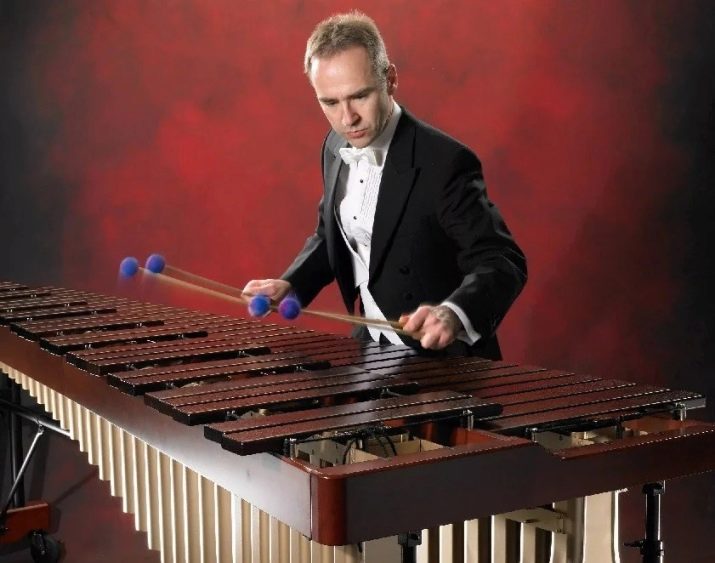
The popularization of the new musical instrument in the United States was carried out by the famous musician Louis Franck in the 1920s., who liked the sound of this instrument so much that he specially wrote for it two musical compositions "Gypsy Love Song" and "Aloha Oe". They quickly became hits, and with them the vibraphone became famous.
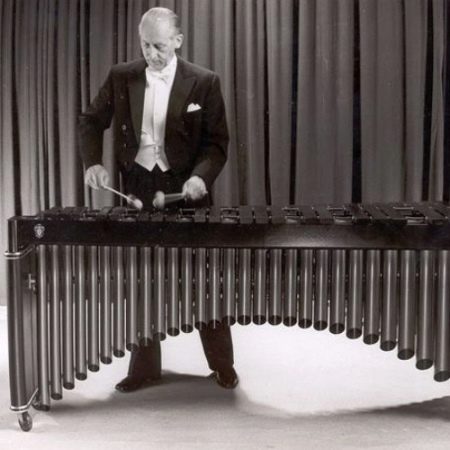
In the 30s, the famous jazz musician Louis Armstrong began to use it in his orchestra, who made the first audio recording of the sound of this instrument.
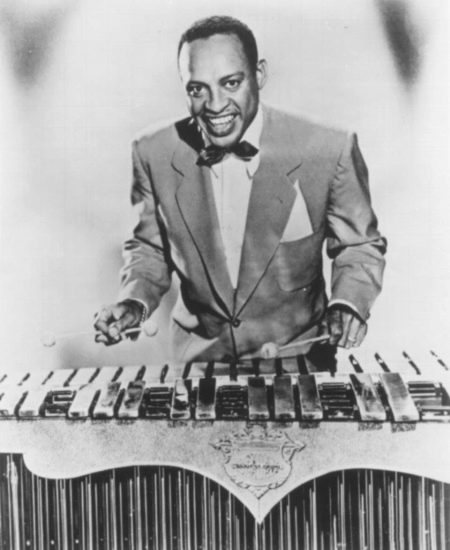
Later, the vibraphone ended up in another, no less famous in the United States, musical group - the Goodman jazz quartet, after which all jazz musicians began to use this musical instrument.
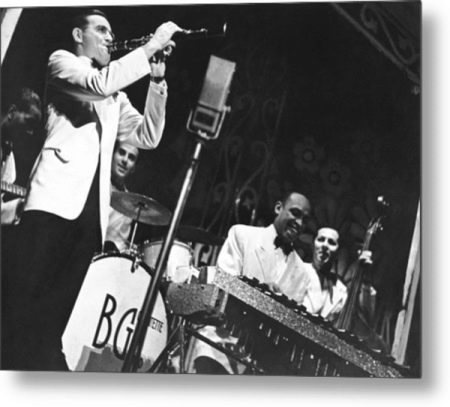
In the 60s, musician Harry Burton came up with a way to play with 4 percussion hammers, which allows him to discover new possibilities for the sound of a vibraphone. In the same period, the second wave of popularity of the instrument all over the world begins. Today there are performers who can use 5 or even 6 percussion hammers when playing a vibraphone.
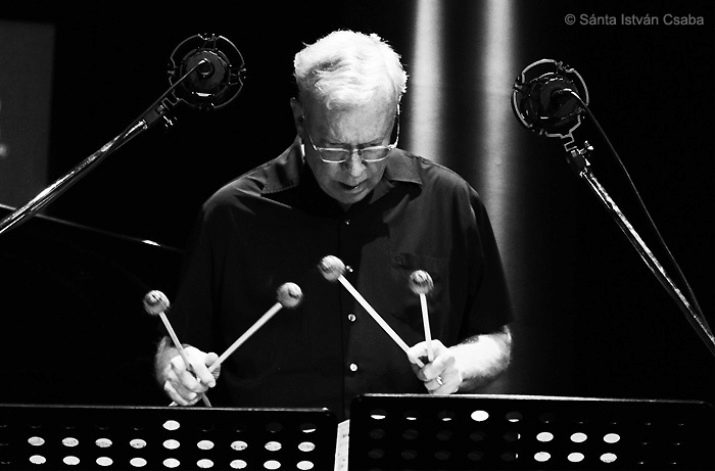
After that, several factories specializing in drummers began to produce a new percussion instrument. In the XXI century, the production of vibraphone is set on a grand scale. It is made in different countries of the world by well-known manufacturers of musical instruments. Not a single performance of jazz orchestras can do without this apparatus. The musicians perform solo works by famous contemporary composers, written specifically for the vibraphone.
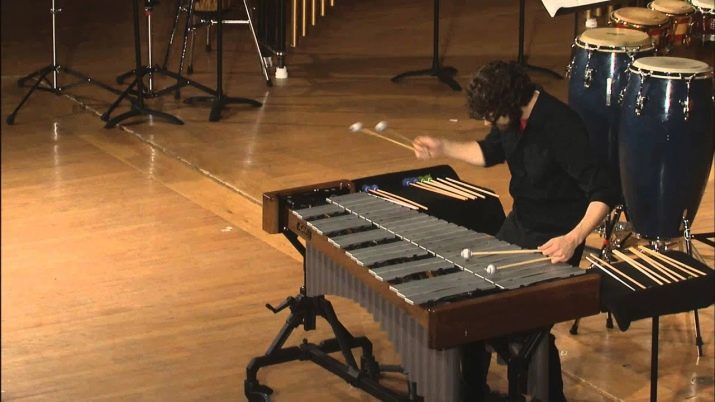
How does it sound?
The standard vibraphone has a wide sound range of 3 octaves. Thanks to the original design, reinforced with resonators, it can take the pitch from F3 to F6. There are also large vibraphones that can emit 3.5 or 4 octaves.
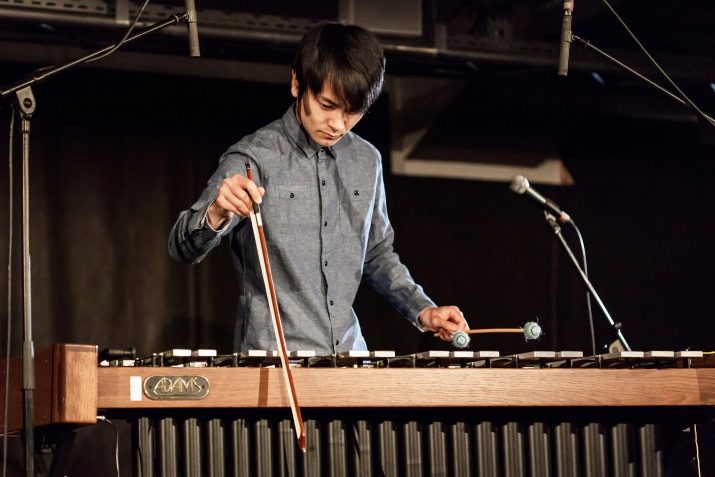
This instrument can sound different due to the presence of all the same resonators. Also, the musician's playing style plays an important role, which can use from 2-3 to 5-6 hammers to perform a composition. In general, this percussion instrument is distinguished by a characteristic timbre and a wide range of musical possibilities used in pop performing genre, as well as in academic music.
The original and varied sound made it possible to use it in cinematography, creating original background sounds and musical themes.
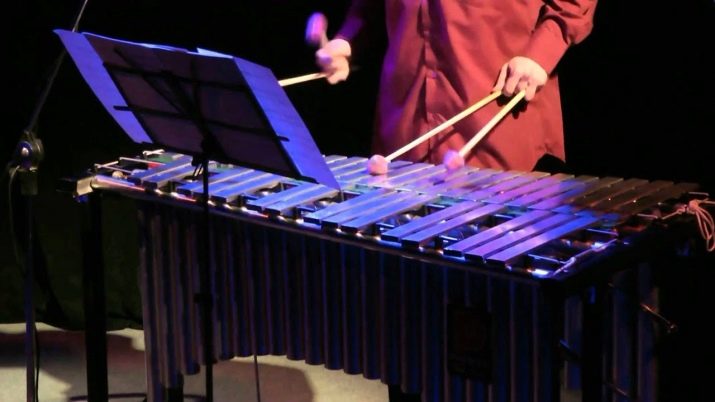
Gary Burton, who introduced the classical playing with four hammers simultaneously in the 60s of the last century, could use melodic and harmonic modes on this instrument in rhythmic and fast melodies.
In general, the vibraphone allows you to perform slow and rhythmic melodies in original sounds in low and high registers.
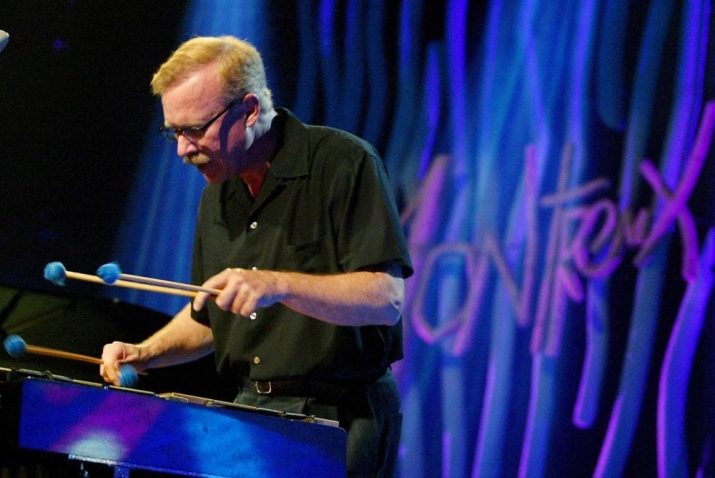
Role in music
Vibraphone played an important role in the musical culture of the 20th century. Famous vibraphone players include:
- Lionel Hampton;
- Gary Burton;
- Joe Locke.
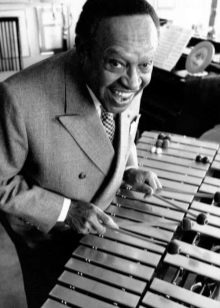
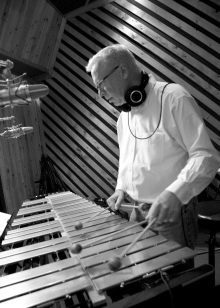
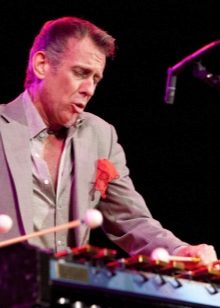
For the vibraphone, many famous composers wrote solo parts due to its characteristic sound. Berg wrote the opera "Lulu" and "Spring Symphony", in which this drummer sounds. Britten wrote music for the ballet The Prince of the Pagodas and the opera A Midsummer Night's Dream, which also feature vibraphone parts. Darius Millau and Siegfried Fink wrote solo pieces for him.
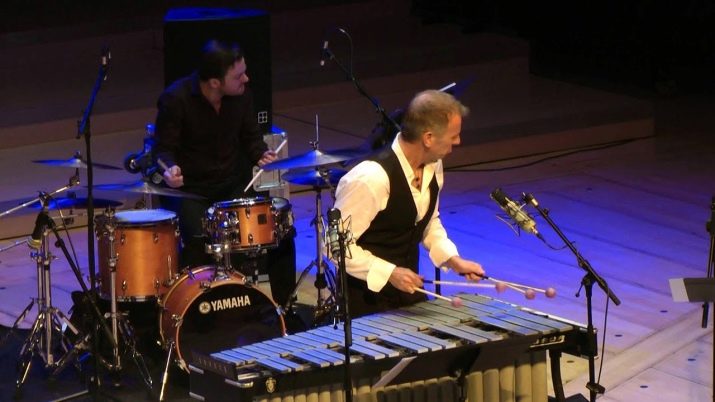
Already in 1938, the vibraphone made its debut as a solo instrument in the United States, when the Benny Goodman Jazz Orchestra performed at the Carnegie Hall Concert Hall. The final recognition of this musical instrument around the world came after the Second World War, along with the spread of American jazz. At this time, many famous vibraphone players began to tour the world along with jazz orchestras as solo musical instruments with original sound. Among them are Terry Gibbs, Milt Jackson, Mike Mannieri.
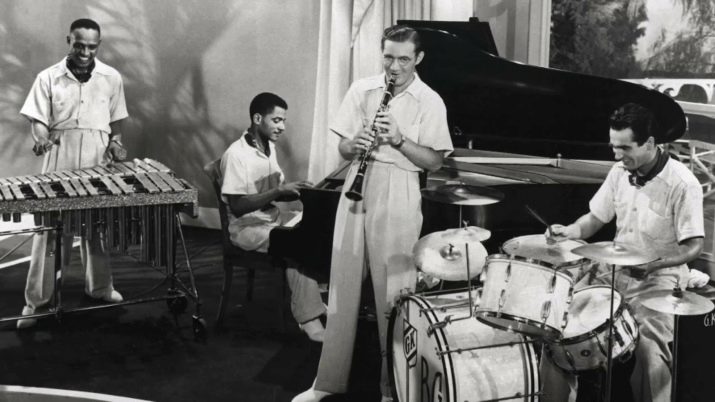
Along with jazz orchestras in the United States, the vibraphone began to be used by academic composers, including its sound in the scores of operas and ballets. The composers were attracted by the polyphonic of this instrument, which can be performed both in a drums group and in a solo version, completely filling the acoustic space.








